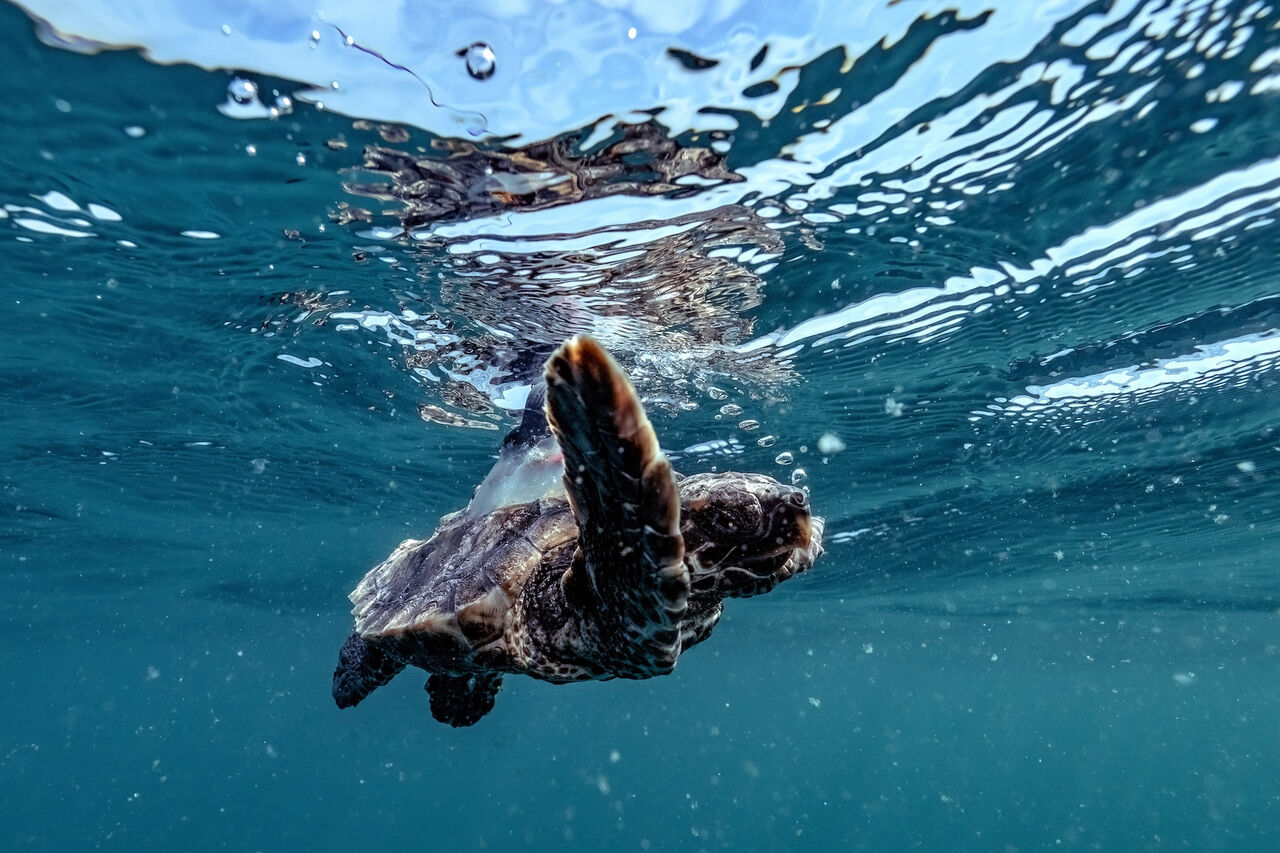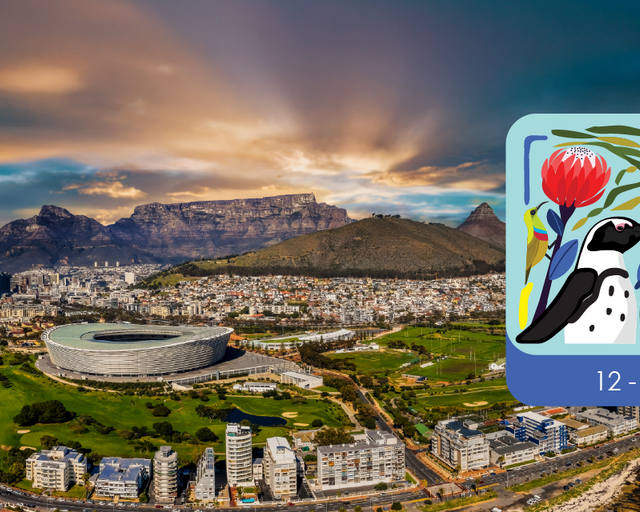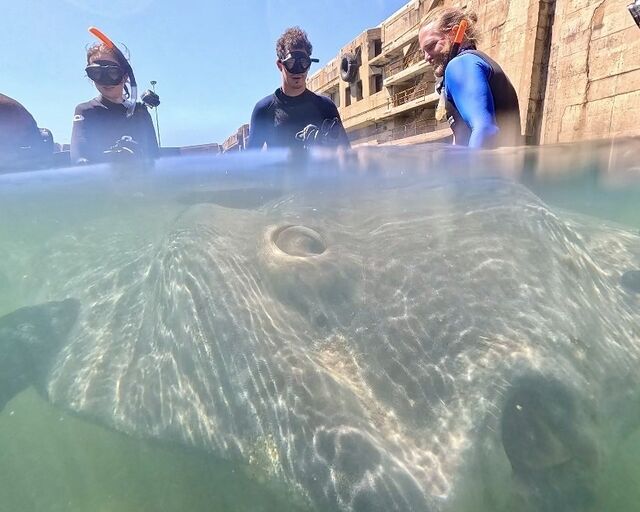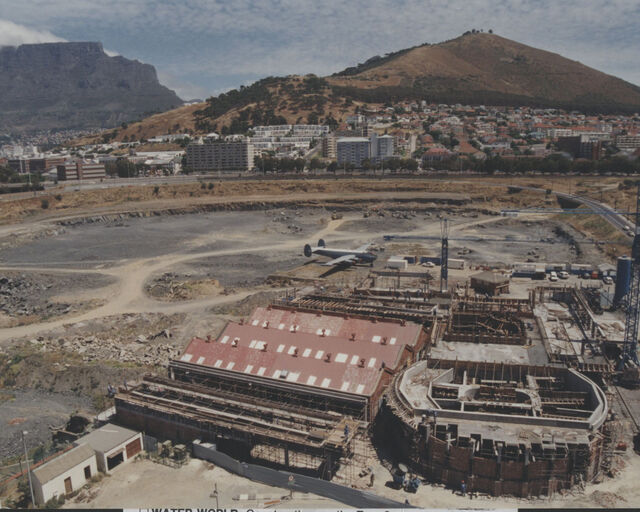Tracking turtles into their lost years: A report on our satellite-tagged young turtles
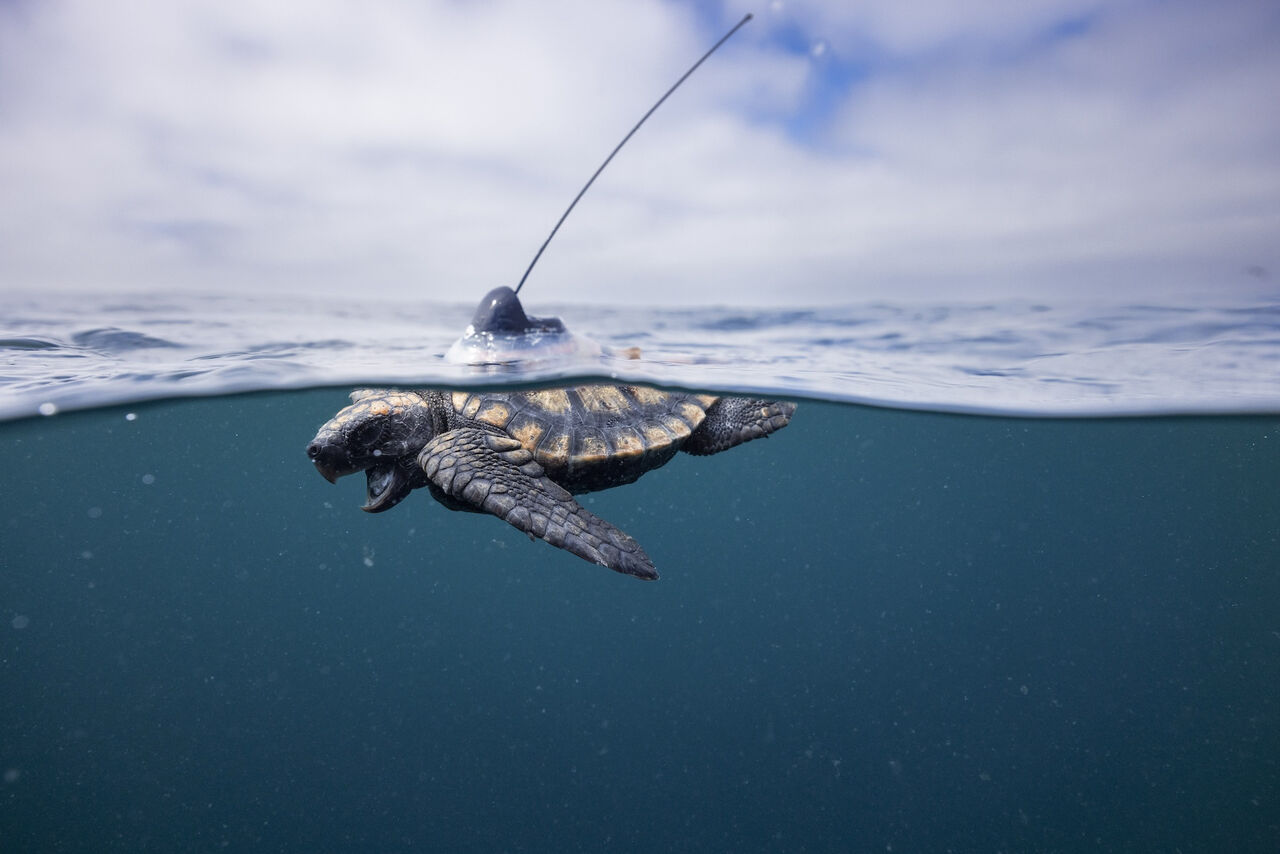
In January 2024, our Turtle Conservation Centre tagged and released fourteen juvenile loggerhead turtles as part of an international research project with Upwell Turtles and Florida Atlantic University. While releases of rehabilitated turtles are a regular activity at our Turtle Conservation Centre, this release was significant as each juvenile turtle was fitted with a prototype satellite tag! This is a major milestone for South Africa and the continent, as it is the first time that juvenile loggerhead turtles have been tagged and released in Africa.
Now, it has been just over a month since we released the first-ever satellite-tagged juvenile turtles in South Africa and it’s time for an update.
So, what has this first month of tracking data shown us?
Just like smart swimmers Nobomvu and Bheni, our satellite-tagged adult turtles, the initial dispersal and movement of our young loggerhead turtles were partially influenced by surface currents. This means that their movements were influenced by the direction and speed of the currents.
All the turtles were released into a warm water current flowing northwestward. They initially stayed with this current, yet soon scattered more widely taking different tracks around an eddy (circular movement of water causing a small whirlpool). One of the turtles went right through the centre of the eddy, coming out the other side, and the other turtles looped around it in slightly weaker currents.
Upwell has conducted similar early-stage juvenile releases in only two other locations, the US and the Azores. When compared with these two cases, we have experienced lower initial success. What this means is that the number of tags transmitting has declined at a faster rate than was experienced in the other locations. Over the last five weeks, the number of transmitting turtles has reduced from 14 to 2.
The good news is that a few tags are still collecting data, although some transmitted very little before going offline. We need to remember that each data point will teach us about the movements and habitats of loggerhead turtles across their life history, and across the Atlantic Ocean. And this information is brand new – we know so little about this time of a turtle’s life that they are called the “lost years”.
So, although the results have not been as successful as we had hoped, these juvenile turtles have made an incredible contribution to a field in which we know relatively little. This has a huge impact, not only on this international research project but also on the future conservation of sea turtles!
Have a look at the two maps below...
Both show the tracks of the tagged turtles overlayed on different oceanographic variables: Current and temperature. All turtles were released west from Cape Point and the movement we see is up the western side of South Africa.
On the map, you will see a collection of dots and lines. Each dot is a satellite transmission. For each turtle, these transmissions are connected to create a colour line showing the overall movement.
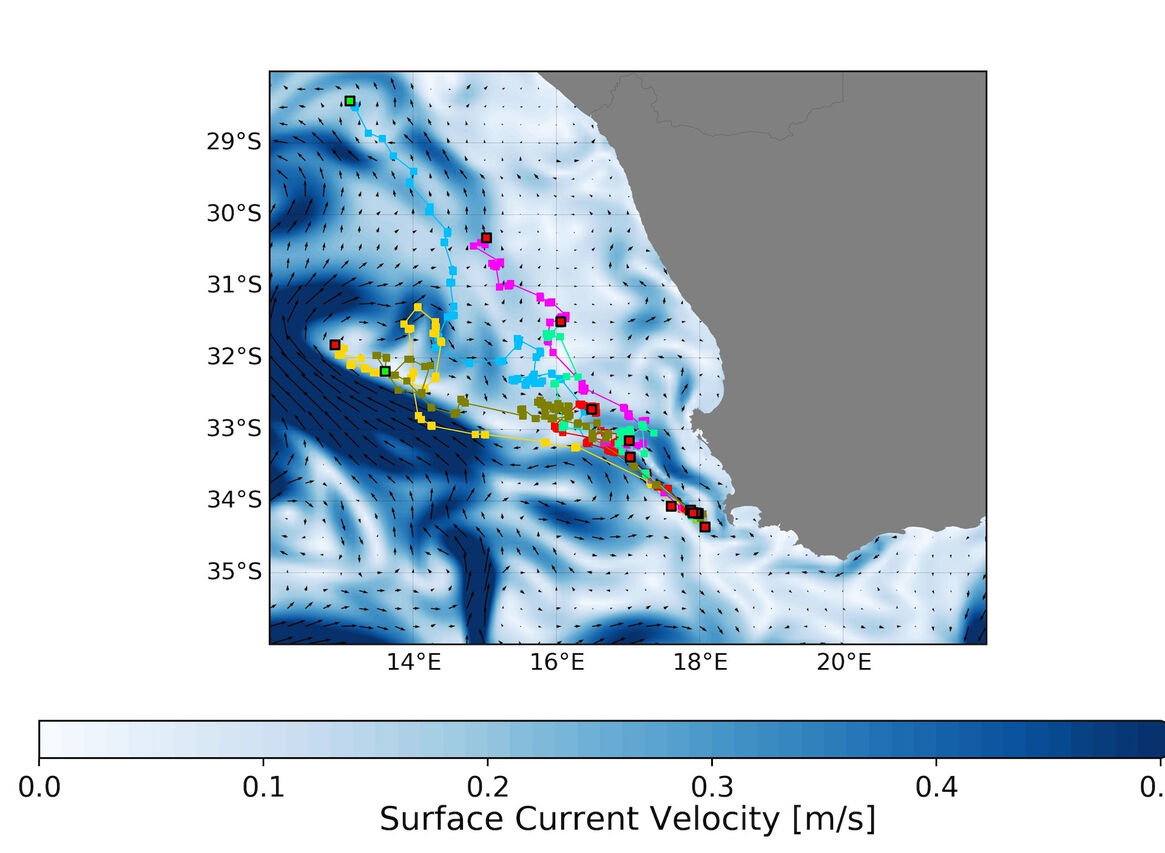
If we look at Figure 1, we can see the movement in relation to the velocity of the current – darker blue is faster and lighter blue is slower-moving water.
(Credit: Tony Candela/Upwell)
In Figure 2, we can look at movement in relation to the temperature of the water (it seems that the turtles are in water that is between 20-22 degrees Celsius).
(Credit: Tony Candela/Upwell)
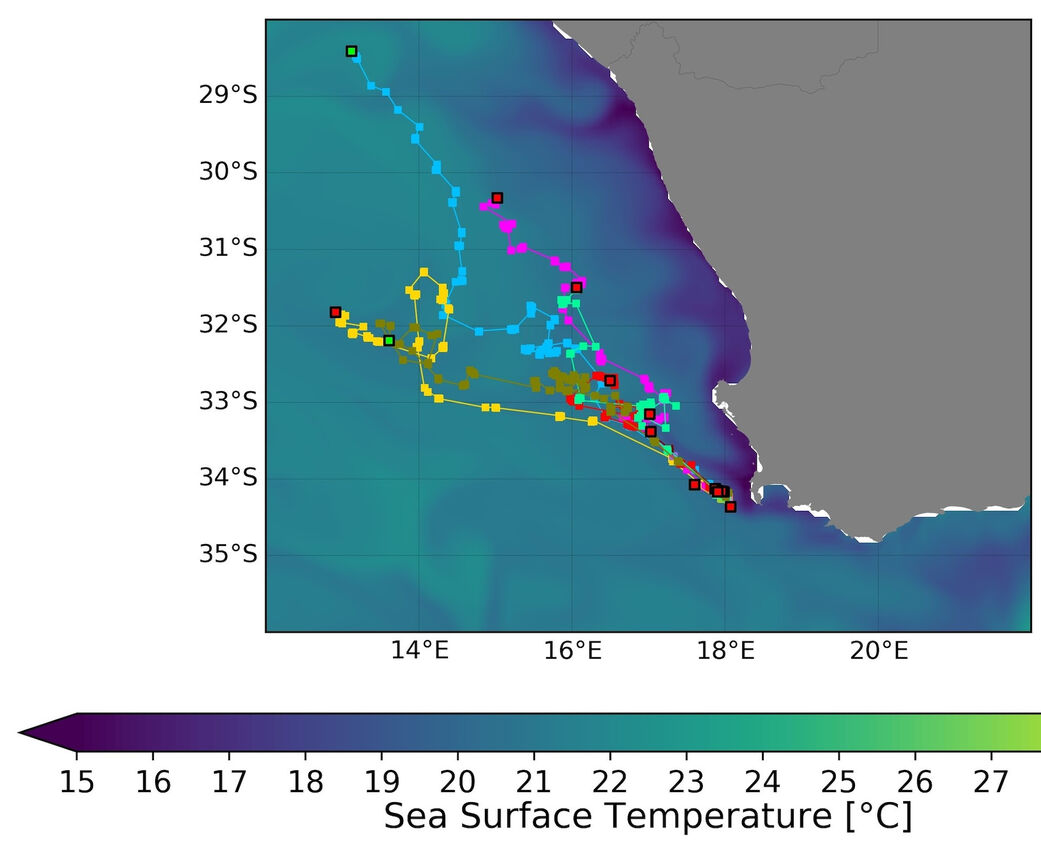
What have we learnt so far?
There could be many reasons for the lower initial success when compared with the other locations. However, it will take a deeper level of data analysis to understand this better.
It is important to remember that this research is brand-new. The nature of novel research means that we have learnt previously unknown information that we can now use to make decisions in the future. But, as often happens, this new knowledge also leads to many more questions being asked.
We realise that there are many variables at play in a situation like this. These variables include the behaviour of each turtle, the ever-changing natural environment, the exact release location, the presence/absence of predators, and the technical status of the tag - to mention a few.
This turtle tagging is part of Upwell’s Lost Years Initiative, a broader collaborative initiative involving NGOs, universities, government agencies, and many other stakeholders. Therefore, we are looking forward to discussing this with the international team to understand our data and look at how we can do things differently moving forward.
A final reflection:
Everything about working with turtles is a team effort - it takes a global village!
This collaborative project has required:
- Turtles are rescued and transported by the incredible people who are part of the Turtle Rescue Network.
- Turtles are rehabilitated and readied for release by the dedicated and skilled team at the Turtle Conservation Centre (TCC).
- FNB Care provided funding to get 10 of these turtles ready for release.
- Cumulative learnings from prior and ongoing research in Upwell Turtle’s Lost Years Initiative, including the provision of satellite tags (Lotek Wireless, Inc.) and expertise from Upwell’s Executive Director Dr George Shillinger and team regarding project initiation and coordination, tag programming, scheduling, and deployment.
- Specialised tagging skills, patiently and generously shared by Professor Jeanette Wyneken from Florida Atlantic University.
- Transportation out to sea was provided in style by Sean Amor (Hooked on Africa) and Barry Stringer (Reef).
- Data analysis and interpretation were shared by Upwell Researcher and Mercator Ocean International Sea Turtle Active Movement Model Specialist, Tony Candela.
- The incredibly talented Sacha Specker and Temujin Johnson took photo and video documentation of the release.
The conservation of turtles is complicated and hard work, which is why this research is so important. The more we learn about what happens after release, the better we can prepare and release the next group of hatchlings.
And now, a message for us all. If we can rally like this to rescue, rehabilitate, tag, and release young turtles, shouldn’t we expend the same effort to make their ocean home one where they can thrive?
Related News
Sign up to our Newsletter
Receive monthly news, online courses and conservation programmes.
